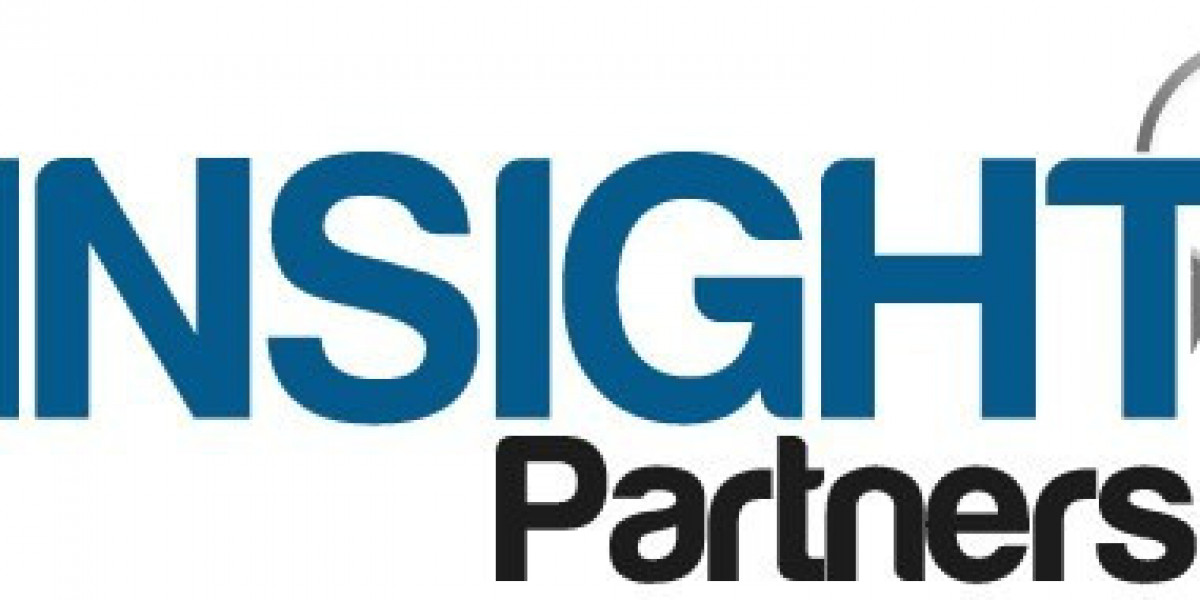In the world of custom apparel, direct to garment custom printing has emerged as a game-changer. With its ability to produce high-quality, full-color prints directly onto fabrics, DTG printing offers unmatched precision, versatility, and efficiency. Whether you're creating personalized t-shirts for a team, designing custom merchandise for your business, or developing one-of-a-kind fashion items, DTG printing has the potential to revolutionize your approach. At Custom Tees, we specialize in this cutting-edge printing technology, delivering top-tier custom garments with vivid details and durability.
What is Direct to Garment (DTG) Printing?
Direct to Garment (DTG) printing is a modern method of printing designs directly onto fabric using specialized inkjet technology. Unlike traditional screen printing, which requires creating stencils and using separate screens for each color, DTG printing allows for a more streamlined process. The printer applies water-based inks directly onto the fabric, where they bond with the fibers, resulting in a vibrant, long-lasting print. This technology allows for the printing of intricate designs with an incredible level of detail and color accuracy.
Key Advantages of DTG Printing
High-Quality Prints: DTG printing produces crisp, detailed designs with a wide range of colors, making it perfect for complex artwork, gradients, or photographic images.
Unlimited Color Options: Unlike screen printing, which limits the number of colors you can use in a design, DTG printing can handle unlimited colors without additional costs for each new color.
No Setup Fees: Since there are no screens to create, there are no setup costs, making it a cost-effective solution for small runs or one-off designs.
Eco-Friendly: DTG printers use water-based inks, which are less harmful to the environment compared to the plastisol inks used in traditional screen printing. This makes DTG a more sustainable option for custom apparel printing.
The DTG Printing Process: Step-by-Step
Design Creation: The process begins with creating or selecting a design that you wish to print. This could be a custom graphic, logo, or photo. The design is then digitized and converted into a file format compatible with the DTG printer, typically PNG or TIFF for their high-quality resolution.
Preparation of Garment: The garment is pre-treated to ensure the ink adheres properly to the fabric. The pre-treatment process involves spraying a solution onto the fabric, which helps the ink bond to the fibers and enhances color vibrancy.
Printing: Once the garment is prepped, it's loaded onto the DTG printer. The printer uses precision inkjet technology to apply the design directly onto the fabric. The print head moves back and forth, layering the water-based inks in the specified design, from top to bottom.
Curing: After printing, the garment is placed in a heat press or curing oven to set the ink. This step ensures that the design bonds to the fabric properly, preventing it from fading or washing out over time.
Quality Control: Finally, the printed garment undergoes a thorough quality check to ensure that the print is crisp, vibrant, and free from defects. Once approved, it's ready for packaging and delivery.
DTG Printing vs. Traditional Printing Methods
When choosing the best custom printing method, understanding the differences between DTG and other traditional printing techniques can help you make an informed decision. Here’s how DTG compares to two popular methods: screen printing and heat transfer.
Screen Printing
Screen printing is one of the oldest and most widely used printing methods, involving creating a separate stencil (or "screen") for each color in the design. It works well for large runs of simple designs but can become expensive and time-consuming for smaller batches or complex artwork.
Pros of Screen Printing:
Ideal for large production runs
Durable and long-lasting prints
Works well on a variety of materials
Cons of Screen Printing:
High setup costs for each color
Limited to simple designs or designs with fewer colors
Not cost-effective for small orders or one-off prints
Heat Transfer Printing
Heat transfer printing involves printing a design onto a transfer paper and then using heat to apply it to the garment. While this method is relatively affordable for small orders, it doesn’t offer the same level of detail or durability as DTG printing.
Pros of Heat Transfer Printing:
Can be used for small batches or single items
Suitable for complex designs
Cons of Heat Transfer Printing:
Can feel heavy on the fabric
Less durable over time compared to DTG
Not ideal for intricate or fine details
DTG printing stands out because it combines the best of both worlds, offering the high-quality output of screen printing with the flexibility and cost-efficiency of digital printing.
Best Practices for DTG Printing
To achieve the best results with DTG printing, it's important to follow some best practices for design creation and garment preparation. Here are some tips for optimal results:
1. Choose the Right Fabric
DTG printing works best on 100% cotton fabrics, as the ink bonds more effectively with natural fibers. While it’s possible to print on blends or synthetic materials, the results may not be as vibrant or durable. Consider using garments made of high-quality cotton for superior print results.
2. Prepare High-Quality Designs
Since DTG printing can reproduce complex designs with fine details, it’s important to start with high-resolution artwork. The higher the resolution, the better the print quality. Aim for a resolution of at least 300 dpi (dots per inch) to ensure sharp, crisp images.
3. Use Proper Pre-Treatment
Pre-treatment is essential for achieving bright, durable prints. Be sure to apply the correct amount of pre-treatment to the fabric and allow it to dry properly before printing. Too little pre-treatment can result in faded prints, while too much can cause blotching.
4. Post-Print Care
After the printing process, the garment should be cured at the correct temperature and time to ensure the ink is set properly. This step helps prevent fading and cracking. Additionally, instruct your customers on proper washing and care to prolong the life of their printed designs.
Why Choose DTG Printing for Custom Apparel?
There are several reasons why DTG custom printing has become a popular choice for businesses, brands, and individuals looking to create high-quality custom apparel.
1. Precision and Detail
DTG printing can capture intricate details and fine lines in your designs. Whether you're creating intricate artwork or a photographic print, DTG can reproduce the design exactly as you envision it, with sharp edges and vibrant colors.
2. Fast Turnaround Time
For small to medium orders, DTG printing provides a faster turnaround compared to other methods. Since the process is digital, there is no need to set up screens or waiting for extensive drying times, making it a more efficient solution for quick production.
3. Low Minimum Orders
DTG printing is cost-effective for small runs, meaning you don’t have to order hundreds of garments to get a good price. Whether you need a few custom t-shirts for an event or a limited edition product, DTG can accommodate low minimums without additional setup costs.
4. No Color Restrictions
One of the key benefits of DTG printing is that it doesn’t impose limitations on the number of colors in your design. You can use full-spectrum colors and gradients without worrying about additional charges or restrictions. This makes DTG the ideal choice for designs with complex color palettes.
5. Environmentally Friendly
Water-based inks are the hallmark of DTG printing, making it an eco-friendly option compared to other printing methods. These inks are free from harmful chemicals, and the process itself produces minimal waste, contributing to a more sustainable approach to custom apparel production.
Conclusion
When it comes to direct to garment custom printing, the advantages are clear. From superior print quality and color accuracy to eco-friendly materials and fast turnaround times, DTG printing offers a versatile and cost-effective solution for creating high-quality custom apparel. At Custom Tees, we specialize in DTG printing to deliver personalized products that exceed expectations. Whether you're designing custom t-shirts, creating promotional merchandise, or developing a fashion line, DTG printing provides the reliability and precision needed to bring your ideas to life.







